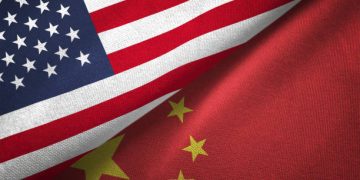The United States and China announced a significant trade deal on Monday, which includes a 90-day pause on tariffs, signaling a de-escalation in the ongoing trade tensions between the two countries. The deal, reached after talks in Switzerland, involves both nations rolling back a significant portion of their tariffs.
Under the agreement, U.S. tariffs on Chinese goods will be reduced from 145% to 30%, while China will lower tariffs on U.S. goods from 125% to 10%. These tariff reductions are set to take effect starting Wednesday.
The deal has been positively received in China, with local officials and social media users highlighting it as a success for Beijing’s negotiating strategy. Many Chinese commentators are emphasizing that the country’s firm stance and countermeasures contributed to securing favorable terms in the agreement.
In addition to the tariff reductions, China has agreed to suspend or remove non-tariff countermeasures, including the recent export curbs on rare earth minerals critical to U.S. industries. However, China has also reiterated its commitment to addressing concerns related to rare earths smuggling, citing national security reasons.
The trade deal has brought temporary relief to global markets, with stock prices rising after the announcement. The agreement also includes provisions for further negotiations, with both sides agreeing to work on a new consultation mechanism to maintain dialogue on trade and economic issues.
While Chinese officials have praised the deal as a positive step, they also expressed hopes that the U.S. will address what they view as the unfair practice of unilateral tariffs. On the U.S. side, officials have characterized the deal as a significant achievement for President Donald Trump’s administration.
The two countries are expected to continue discussions in the coming weeks to finalize a more comprehensive agreement.
#USChinaTradeDeal #TariffReductions #TradeNegotiations #GlobalEconomy #TradeRelations

















